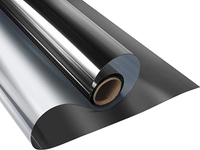Do blackout curtains keep heat out? Home cooling experts suggest they could be a great summer addition
These simple window treatments could be the best multifunctional option if you want to stay cool, experts say
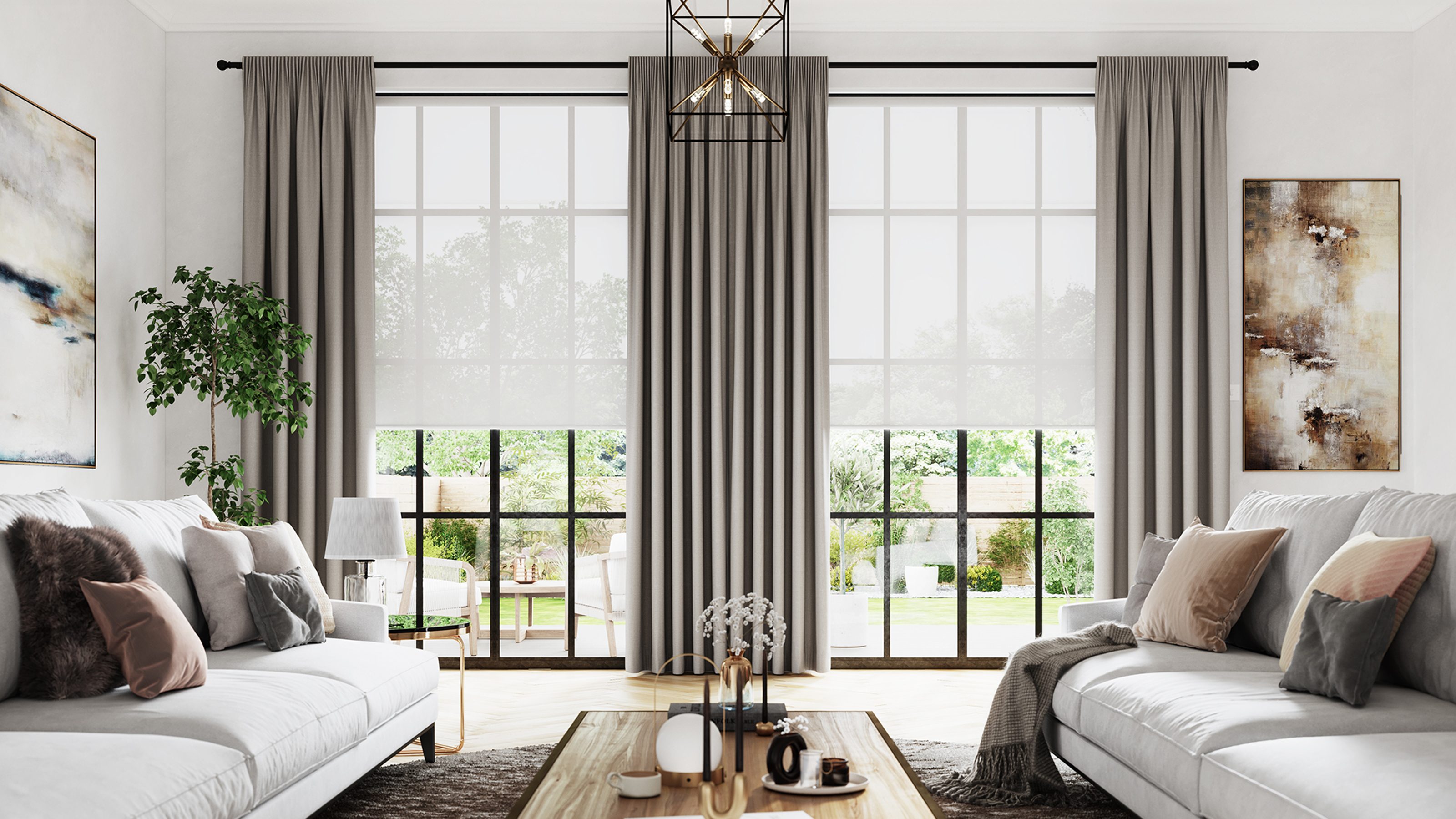

When it comes to summer, we may be thinking more about throwing open our curtains and letting the summer sun flood in but doing so can make our homes hotter. So, could blackout curtains keep heat out?
Blackout or thermal curtains have been praised for their ability to keep a house warm in winter months, but it turns out that they can have a similar effect in summer to help cool down a room.
Here, home cooling experts explain how blackout curtains could help keep heat out in summer, and when it is a good idea to keep your home in the dark.
Using blackout curtains to keep heat out
When it comes to keeping a home cool in a heatwave, there is no denying that blackout curtains play a part, begins Lane Dixon, HVAC expert and VP of operations at Aire Serv. This is especially true when paired with either some form of eco-cooling, or cooling your house with fans.
They manage this due to their tightly woven fabric, Lane Dixon continues. The close-knit fibers are designed primarily to prevent sunlight from entering your home, keeping your space both dark and also cool.

Lane is the VP of operations at Aire Serv, a heating and air conditioning specialist based in Tennessee. They specialize in installation, maintenance, and repair, and have become one of the nation's most trusted brands for air conditioning.
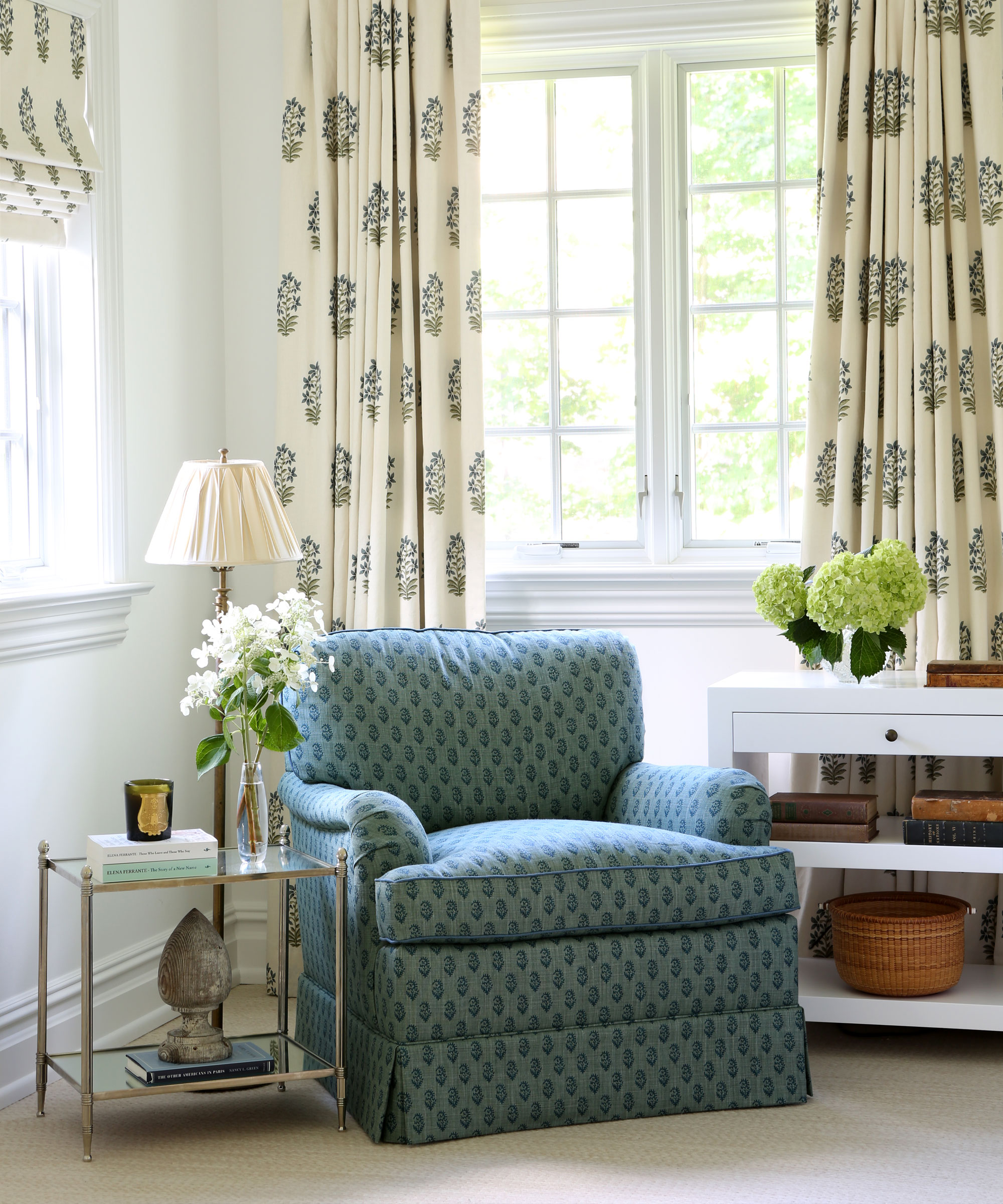
Lauren Fumagalli-Porter of HVAC specialists Tonna Mechanical, explains that this is due to the blackout curtains disrupting something called ‘solar heat gain’ – a process you will have noticed if you have ever walked barefoot over a section of floor that has been bathed in sunlight for an hour or so.
The process transfers the energy from the sun's rays into heat as the light hits your home’s furnishings (such as your furniture, bedding, and carpets), and warms them up. This, in turn, then warms up the air around them in your home and makes you feel hotter.
To feel the benefit, it is best to only close the curtains when the sun is shining directly through that window. For instance, you should keep curtains on the east side of a house in the morning closed and open them again in the afternoon, or leave northern windows uncovered all day, and keep southern windows covered. This will allow continuous light into your home throughout the day without things getting too warm.
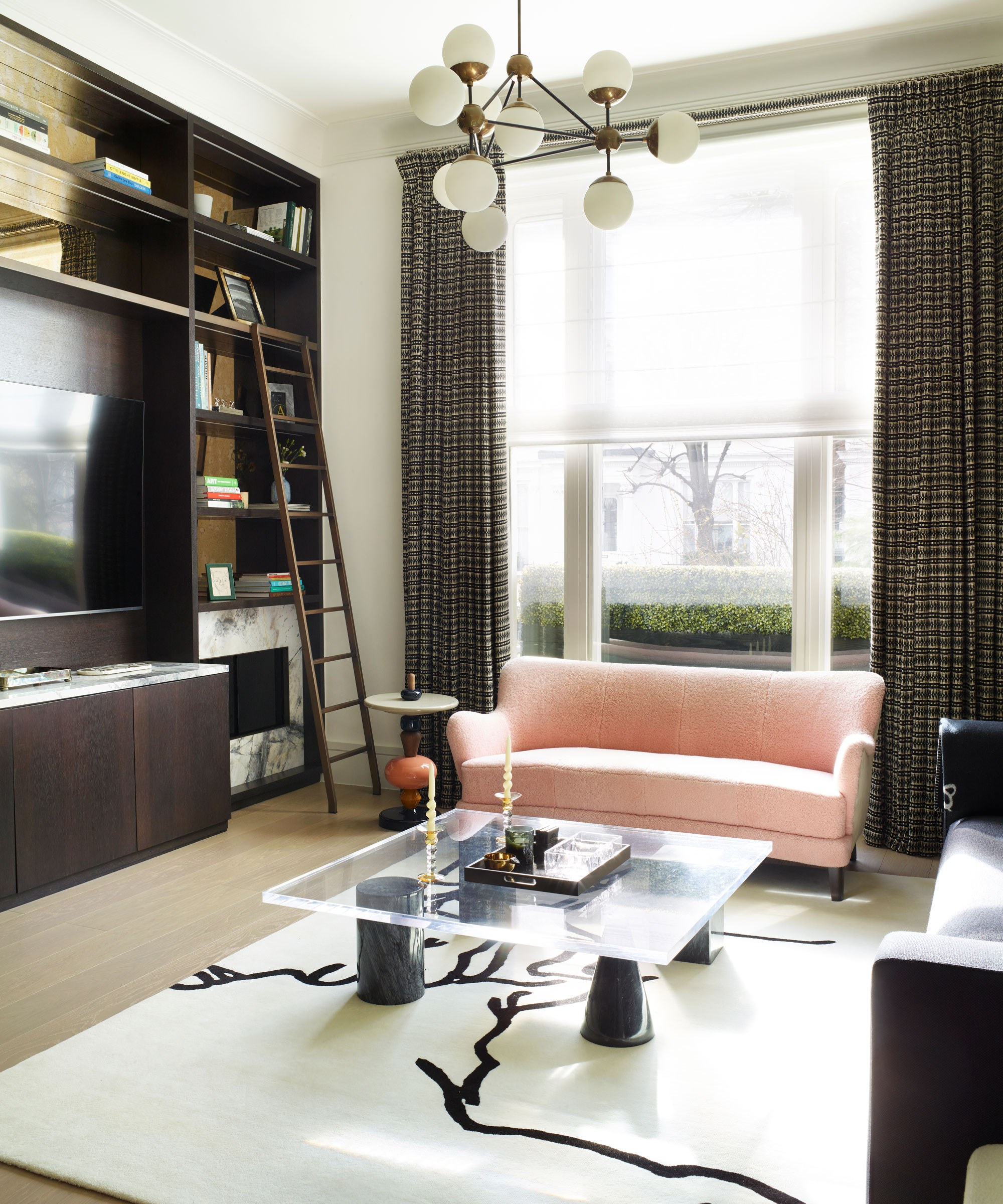
It is not just any old blackout curtains that work for this, however, warns Lane Dixon from Air Serv, with the quality of your window treatments having a profound impact on how much heat they are able to deflect.
‘Homeowners should keep in mind that several companies manufacture blackout curtains, and reducing heat depends on the product’s quality, the home’s current insulation, window type, and other factors such as the amount of fresh air ventilation entering and exiting,’ Lane continues.
As a result, it is important to look at the best places to buy curtains to make sure you are buying quality.
What to use instead of blackout curtains
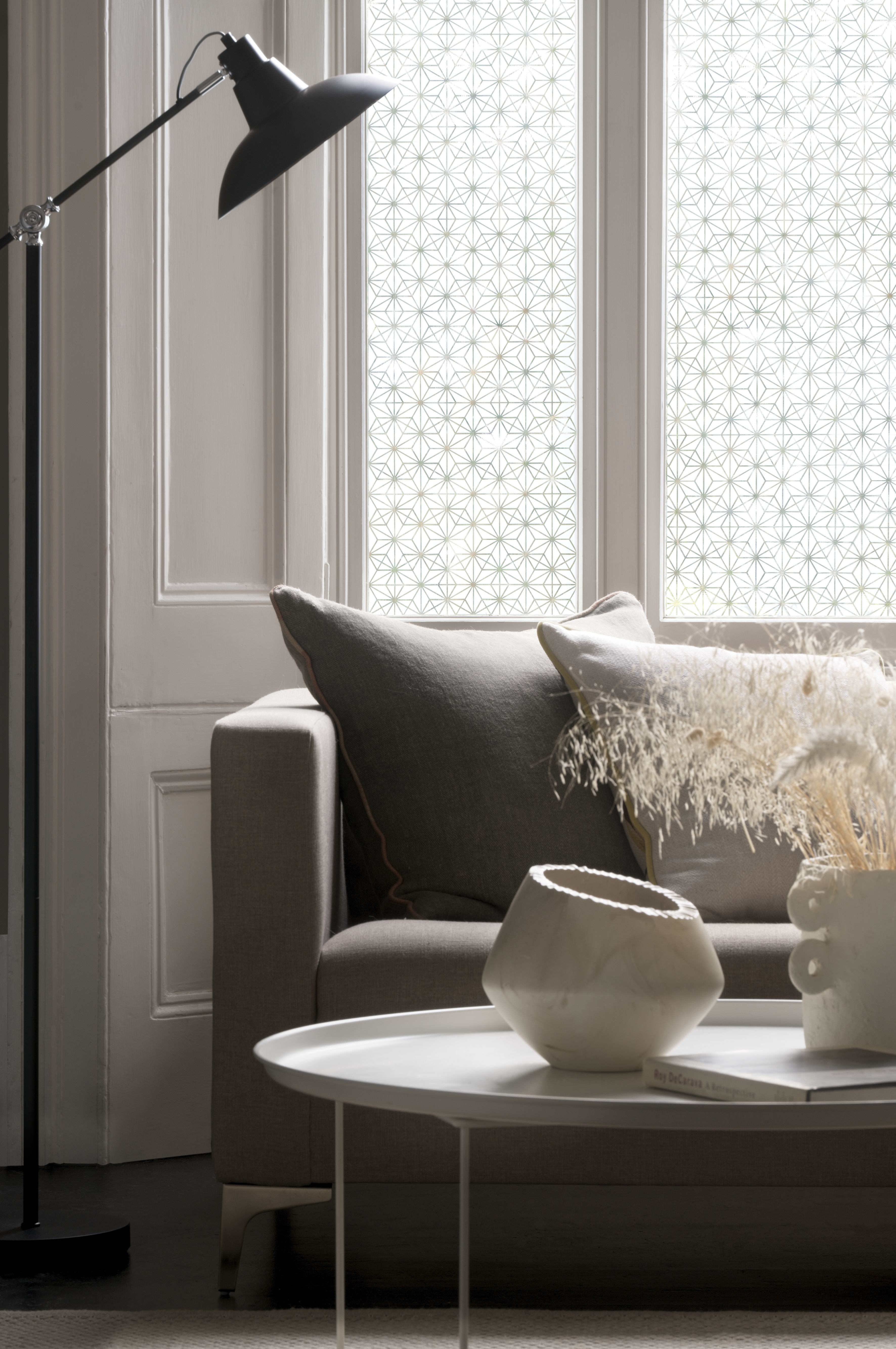
Although blackout curtains certainly help to keep heat out of your home, reflective window stickers could be a better option to help deflect heat out of your home while still letting light in.
‘These reflective window films are readily available online at sites like Amazon, and are the superior option for reflecting heat back out of your home,’ recommends Itamar Dor of Green Life.
‘These films are reflective on one side, allowing you to see out of your home and let some daylight in, and can be applied directly to the pane of glass, preventing thick curtains from covering open windows and blocking out a fresh breeze,’ he explains.
One thing to note about reflective films is their privacy element (allowing you to see out but stopping people from looking in) only works when the outside is brighter than inside your home. At night, for instance, when you have lights turned on in your home, the reflective quality will be reversed, allowing people to see your home. At this point, curtains will be needed.
Reflective Window Film | Was $20.99, Now $13.99 at Amazon
This reflective window film is highly rated on Amazon and is great for both reflecting external heat away from your home and keeping your home private through summer.
FAQs
What is the difference between blackout curtains and regular curtains?
Blackout curtains are usually a lot thicker than regular curtains, with extra layers of thick material lining them to help minimize how much light can get through. Normal curtains are often thinner, with less lining material. Often, you can find a spectrum of types of curtains, from full blackout to light filtering, to fully sheer so you can dictate how much light is let into a room.
Do window blinds help keep heat out?
Window blinds can help to keep heat out to some degree, but they will not be as effective as thick curtains or window film. Blinds will work to stop the majority of the sun's rays from entering and warming up your furnishings, but the gaps between panels and loosely woven fibers mean they are far from the best way of blocking external heat from warming up your home.
Blackout curtains are a good way to start blocking out additional heat when it is warm in our home to prevent the temperature from climbing even further; however, this method alone will not keep you cool completely without using them in conjunction with an air conditioner, dehumidifier, or fans.
Sign up to the Homes & Gardens newsletter
Design expertise in your inbox – from inspiring decorating ideas and beautiful celebrity homes to practical gardening advice and shopping round-ups.

Chiana has been at Homes & Gardens for two years and is our resident 'queen' of non-toxic living. She spends most of her time producing content for the Solved section of the website, helping readers get the most out of their homes through clever decluttering, cleaning, and tidying tips. She was named one of Fixr's top home improvement journalists in 2024.
-
 Everyone is obsessed with vintage tiles right now – bring the nostalgic charm of this classic design feature into your home with our 5 design ideas
Everyone is obsessed with vintage tiles right now – bring the nostalgic charm of this classic design feature into your home with our 5 design ideasHonor the past with our favorite ways to decorate with vintage tiles, as suggested by interior design experts
By Eleanor Richardson Published
-
 'It's a fast reset button' – using the 1, 2 ,3 ,4, 5 decluttering method cleared my persistent mess in seconds
'It's a fast reset button' – using the 1, 2 ,3 ,4, 5 decluttering method cleared my persistent mess in secondsIt's easy, effective and so quick to do
By Ottilie Blackhall Published
